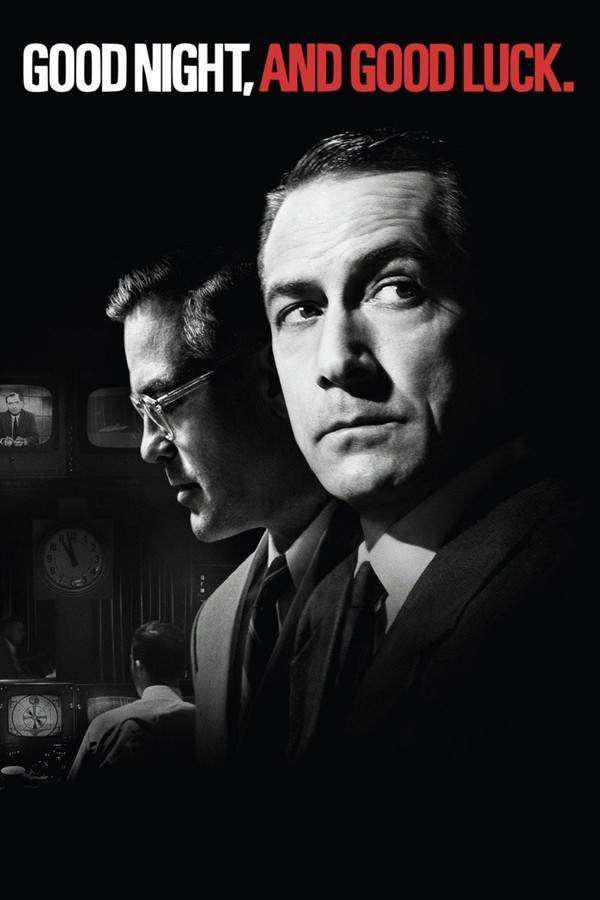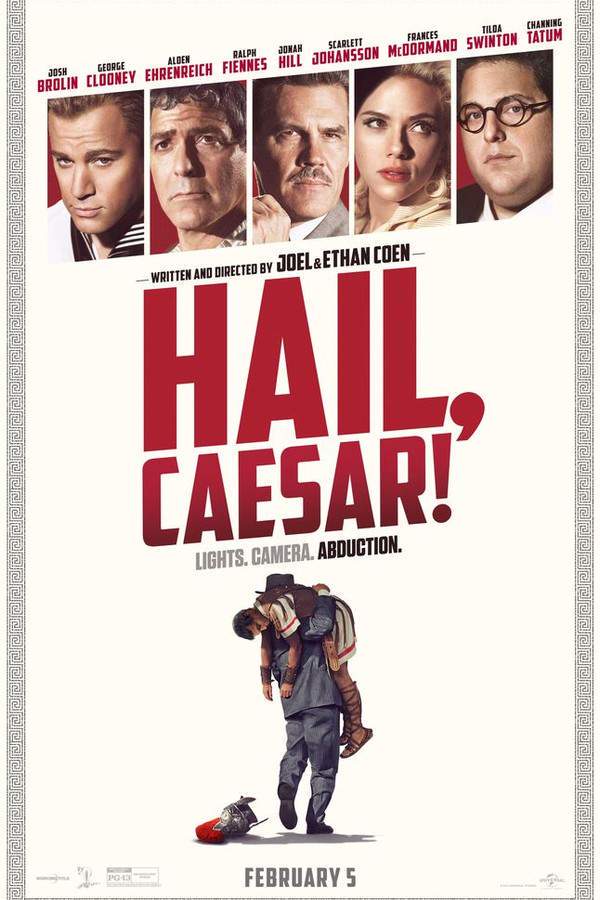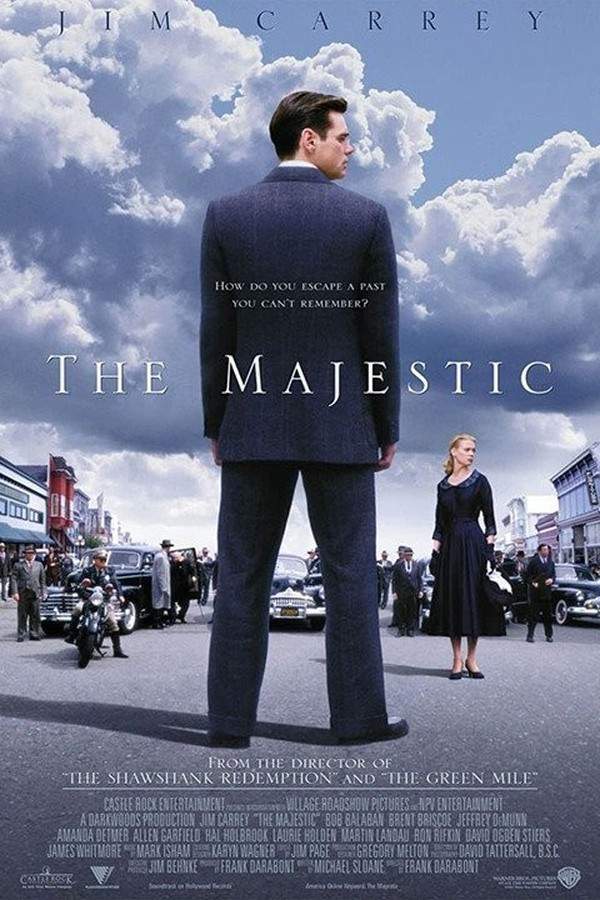
Career
Year: 1959
Runtime: 105 mins
Language: English
Director: Joseph Anthony
James Lee adapts his off‑Broadway play for film, directed by Joseph Anthony. Aspiring actor Sam (Anthony Franciosa) will sacrifice family and take any job to become a Broadway star. Director Maury (Dean Martin) refuses to cast him, prompting Sam to marry Maury's girlfriend (Shirley MacLaine). After a failed deal, Maury backs out again, and Sam is drafted into the army.
Warning: spoilers below!
Haven’t seen Career yet? This summary contains major spoilers. Bookmark the page, watch the movie, and come back for the full breakdown. If you're ready, scroll on and relive the story!
Career (1959) – Full Plot Summary & Ending Explained
Read the complete plot breakdown of Career (1959), including all key story events, major twists, and the ending explained in detail. Discover what really happened—and what it all means.
Returning from World War II, Sam Lawson leaves Lansing, Michigan to chase his acting dreams in New York. He joins the off-Broadway grassroots theatre group, the Actors’ Rostrum, run by actor-director Maurice ‘Maury’ Novak out of a Greenwich Village seamen’s mission. When funds dry up, the troupe folds and Novak eventually moves on to become a well-known Hollywood director, leaving behind a brittle but lasting hunger in Lawson.
In the city’s crowded theatre world, Lawson brushes shoulders with the shadowy glamour of Broadway royalty. He becomes entangled with Sharon Kensington, the alcoholic daughter of powerful producer Robert Kensington. Lawson’s long-suffering agent, Shirley Drake, hauls him through endless auditions, fighting against rejection while clinging to a stubborn hope. Lawson’s personal life grows more complicated as he marries Sharon Kensington, backed reluctantly by his new father-in-law, [Robert Kensington]. The marriage complicates his career, but it also propels him toward bigger opportunities. Yet Sharon is in love with Novak and carries his child, which tests Lawson’s loyalty and ambition.
A tense power play unfolds as Lawson makes a deal to divorce so he can land the lead in Novak’s new production. Novak, however, reneges on the agreement, leaving Lawson in a precarious position. Drake remains a steady, if frustrated, ally, and she helps him find work again—only to be called up from the reserves to fight in Korea, where he endures the length of the war and returns with his resolve hardened.
Back in New York, Lawson resumes the brutal audition circuit, teetering on the cusp of a breakthrough when his name is dragged into the era’s looming shadow: the blacklist. The accusations center on his ties to Novak and the allegedly “subversive” theater work of the Rostrum. Drake explains, “Sam, these are very responsible, patriotic people. They’re just trying to protect their country.” The revelation colors every subsequent choice, forcing Lawson to take work as a waiter and to confront the humiliation of a career paused by politics and fear.
There’s only one thing for me to do. Survive.
Novak reappears in Lawson’s life, pledging to restart with a fresh off-Broadway project. He offers Lawson a chance to work together again, even as Novak confesses a past flirtation with communism for pragmatic, career-driven reasons. An accidental meeting with his first wife—Barbara Lawson Helmsley—sparks a new emotional clarity for Lawson, nudging him toward a different path. He ultimately quits the restaurant grind and accepts Novak’s renewed offer, guided by a stubborn, renewed sense of purpose.
With the blacklist behind them, the new play finds success and moves to Broadway, and Lawson rises as a major actor. Drake, drawn to him despite the strain of years and scorn, asks in a quiet, intimate moment whether the years of struggle were worth it. The film’s climactic exchange answers with a simple, resolute yes:
Yes, it was worth it.
This story stands as one of Hollywood’s first candid dramatizations of the blacklist and the pressure-filled tension between artistic integrity and political conformity, tracing a man’s perseverance through auditions, loyalty, love, and the perilous shifting sands of fame.
Last Updated: October 09, 2025 at 11:02
Unlock the Full Story of Career
Don't stop at just watching — explore Career in full detail. From the complete plot summary and scene-by-scene timeline to character breakdowns, thematic analysis, and a deep dive into the ending — every page helps you truly understand what Career is all about. Plus, discover what's next after the movie.
Career Timeline
Track the full timeline of Career with every major event arranged chronologically. Perfect for decoding non-linear storytelling, flashbacks, or parallel narratives with a clear scene-by-scene breakdown.

Similar Movies to Career
Discover movies like Career that share similar genres, themes, and storytelling elements. Whether you’re drawn to the atmosphere, character arcs, or plot structure, these curated recommendations will help you explore more films you’ll love.
Explore More About Movie Career
Career (1959) Scene-by-Scene Movie Timeline
Career (1959) Movie Characters, Themes & Settings
Career (1959) Spoiler-Free Summary & Key Flow
Movies Like Career – Similar Titles You’ll Enjoy
Good Night, and Good Luck. (2005) Story Summary & Characters
Hail, Caesar! (2016) Ending Explained & Film Insights
In America (2003) Complete Plot Breakdown
Trumbo (2015) Ending Explained & Film Insights
Guilty by Suspicion (1991) Complete Plot Breakdown
The Majestic (2001) Movie Recap & Themes
Career Opportunities (1991) Complete Plot Breakdown
The Star (1952) Story Summary & Characters
Fellow Traveller (1989) Complete Plot Breakdown
My Life’s in Turnaround (1994) Movie Recap & Themes
The Front (1976) Story Summary & Characters
Manhattan Melodrama (1934) Story Summary & Characters
Stage Door Canteen (1943) Plot Summary & Ending Explained
No Time for Comedy (1940) Spoiler-Packed Plot Recap
Young and Willing (1943) Plot Summary & Ending Explained

















